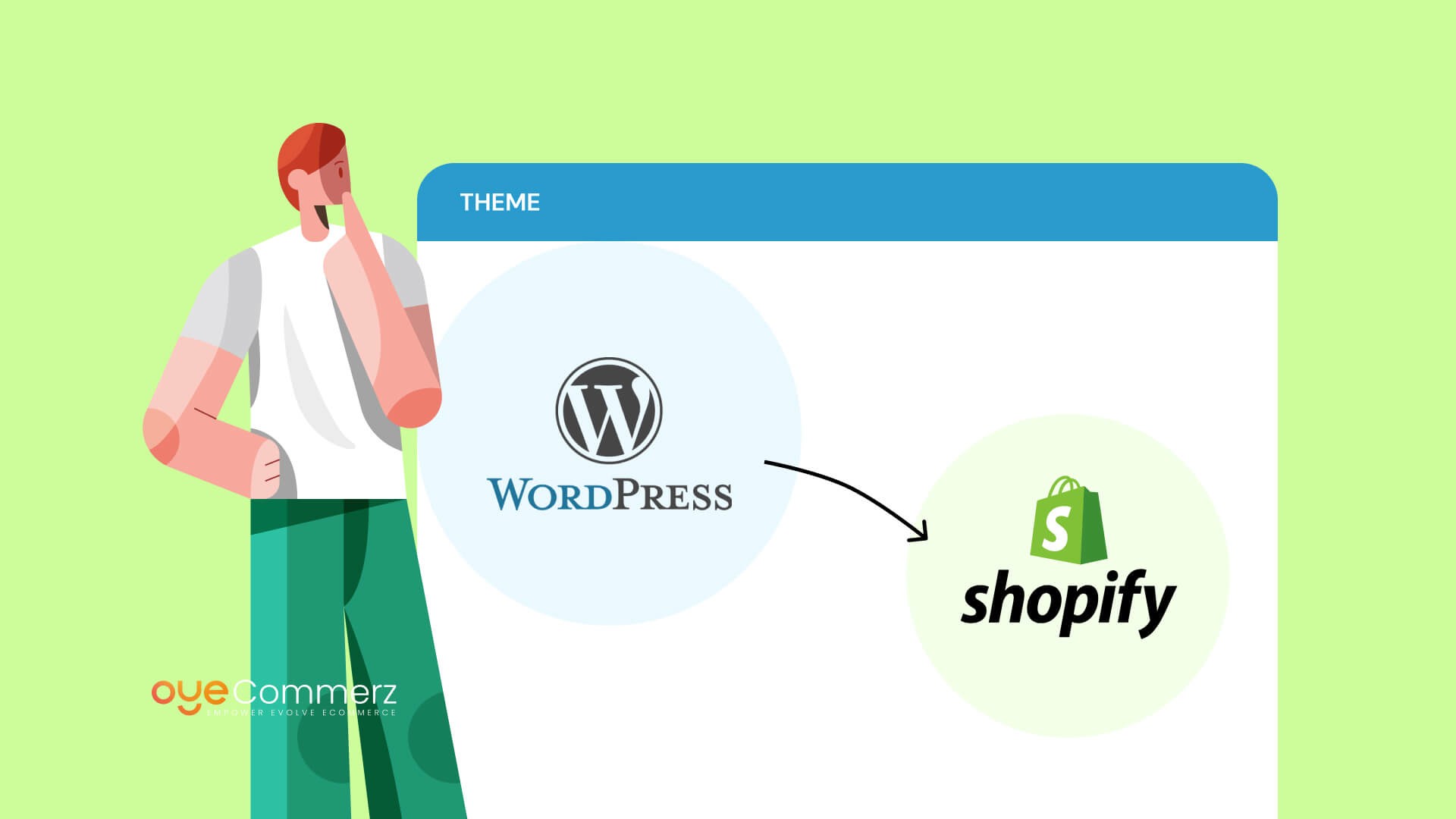Seamless WordPress to Shopify Migration: Your Ultimate Guide to E-commerce Success
Seamless WordPress to Shopify Migration: Your Ultimate Guide to E-commerce Success
Blog Article
Transitioning from WordPress to Shopify marks an exciting step in streamlining your e-commerce processes. As businesses expand, choosing a platform that supports scalability, UX, and customization becomes crucial. Shopify is widely recognized as a favorite for e-commerce professionals, offering superior adaptability, security, and user-friendliness. In this guide, we’ll explore why this migration is a game-changer, discuss the benefits, and provide actionable steps to facilitate a smooth transition.
1. Top Reasons to Transition from WordPress to Shopify
WordPress, paired with WooCommerce, continues to support countless online stores. However, as companies expand, issues like plugin dependency, data risks, and technical complexities often obstruct growth. Shopify, specifically created for digital retail, eliminates these concerns with an all-in-one, user-friendly platform. Real data supports this transition—Shopify powers over 4.4 million stores globally, with a reported 10% boost to sales conversion rates for numerous merchants after migration.
2. Key Benefits of Shopify for E-commerce Success
Shopify’s powerful platform is tailored for expanding businesses. Its notable benefits are:
- Seamless Customization: Shopify provides over 80 professionally designed themes.
- Built-in Features: Features like Shopify Payments and integrated SEO save time and effort.
- International Expansion: Multi-currency support and regional customization enable brands to reach global markets.
Additionally, Shopify boasts an availability percentage of 99.98%, guaranteeing your website is always operational.
3. Getting Ready for Your WP-to-Shopify Transition
Before migrating, assess your existing setup. Analyze inventory details, client information, and SEO performance. Tools like Shopify’s Migration Kit or external tools help ease the transition. Create a detailed strategy, ensuring all assets—product descriptions, media files, and articles—are ready for seamless import.
4. The Importance of Accurate Data Migration
Data migration is a cornerstone of a smooth transition. When moving from WordPress to Shopify, prioritize:
- Product Information: SKU, descriptions, and groupings.
- Customer Data: Emails, order history, and custom fields.
- SEO Optimization: Retain meta tags, URLs, and forwarding paths to avoid SEO losses.
Use apps like LitExtension to streamline data transfer while minimizing errors.
5. Tailoring Your Shopify Store to Fit Your Brand
Post-migration, customizing your Shopify store ensures it aligns with your brand. Take advantage of Shopify’s intuitive page builder to create layouts with ease. Shopify's themes are mobile-responsive, ensuring a smooth user experience across platforms—a key point, since 74% of online shopping is generated by mobile visitors.
6. Maintaining SEO During Migration
SEO is vital for preserving your online presence during migration. Shopify excels in SEO with clean URL structures, built-in optimization tools, and seamless blog integration. Ensure:
- Set up URL forwarding for existing links.
- Enhance updated content with targeted phrases.
- Leverage plugins like Plug in SEO to track analytics after the switch.
7. Essential Tests After Migrating to Shopify Bulk migration to Shopify
After finishing the transfer, run detailed checks.
Check: - Page load times (Shopify boasts faster speeds compared to WordPress).
- Functionality of payment gateways and checkout processes.
- Mobile responsiveness.
Quality assurance guarantees your store delivers a smooth shopping experience from day one.
8. Real-Life Success Story
One such migration success story is Gymshark, a fitness apparel brand that transitioned to Shopify. Post-migration, the company saw a 60% boost in mobile sales and significantly lowered site downtime. This highlights the capabilities of Shopify in enhancing e-commerce growth.
9. Challenges and Solutions
Migration is not without obstacles, such as information accuracy and adjusting tailored features. However, Shopify’s robust support and third-party experts make overcoming these hurdles manageable. Partnering with qualified Shopify developers ensures a trouble-free transition.
10. Starting Your Journey with Shopify
Migrating from WordPress to Shopify marks a strategic approach to online retail. By focusing on growth, simplifying management, and enhancing the customer experience, Shopify enables companies to succeed in competitive markets.
Conclusion
Transitioning from WP to Shopify is a strategic move that can greatly enhance your online business performance. With a robust migration plan, the appropriate resources, and professional guidance, you can achieve new growth opportunities.
Excited to start the Migration from WordPress CMS journey? Let’s discuss how our Shopify migration services can revolutionize your online store. Contact us now, or consider: Is it time to seize Shopify’s advantages for your store?
 Report this page
Report this page